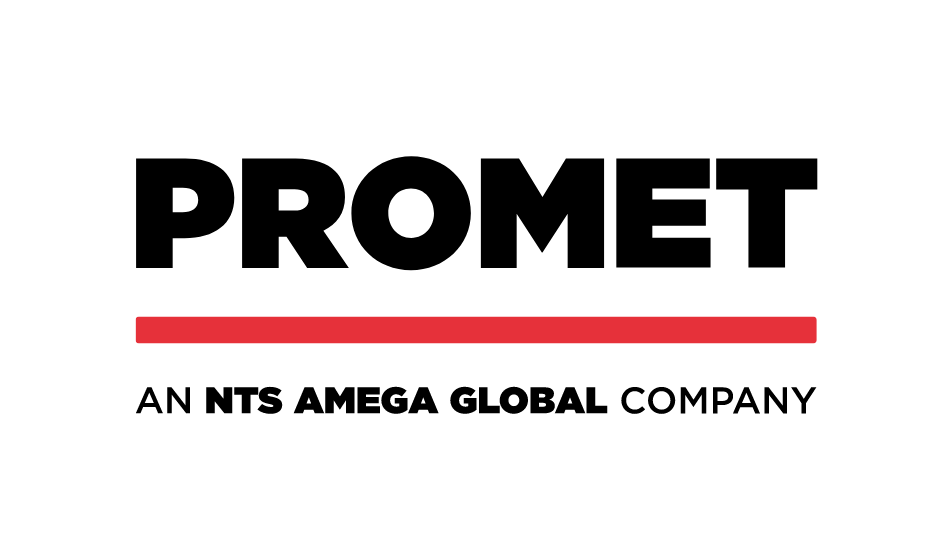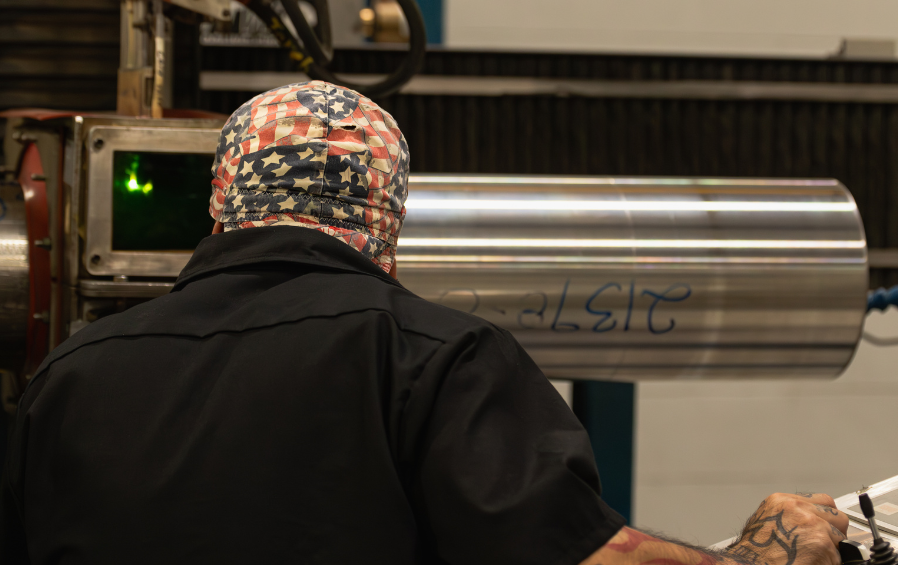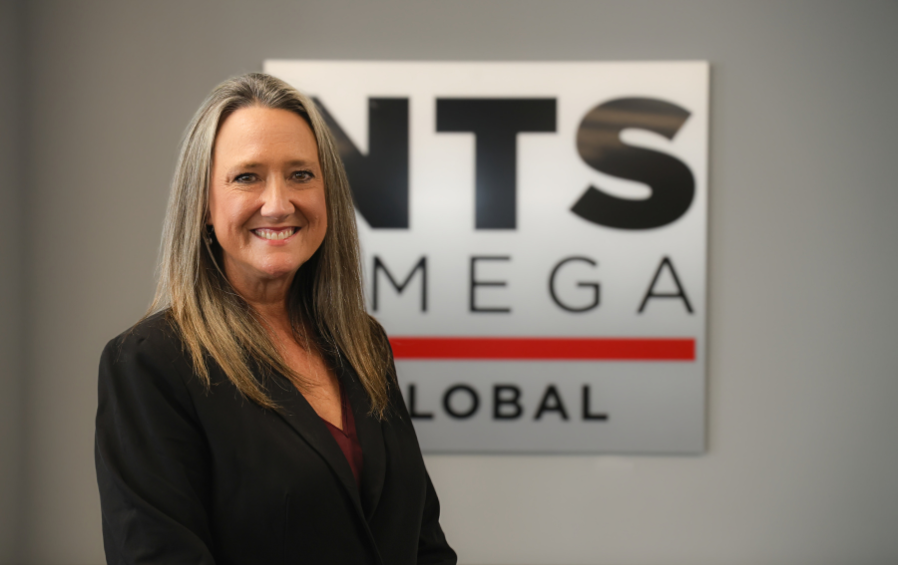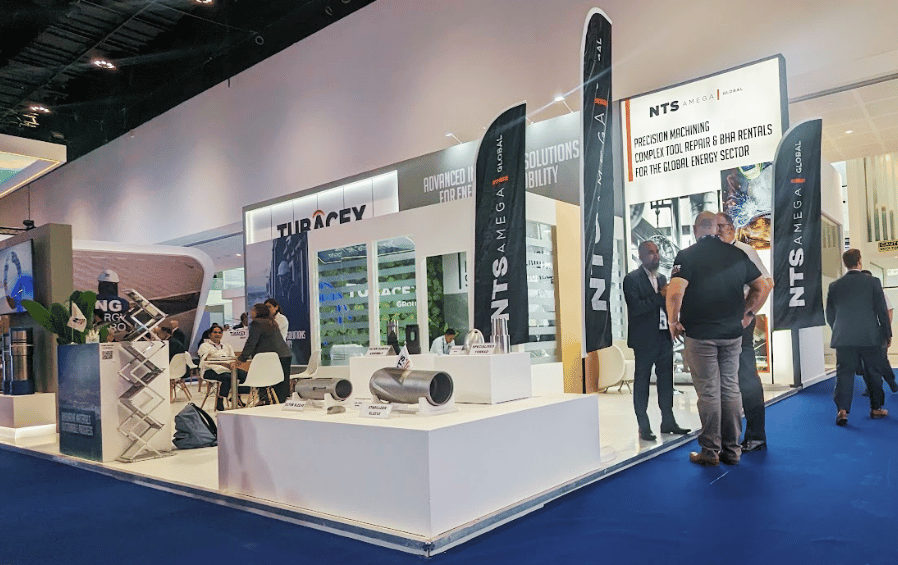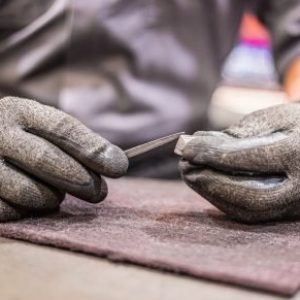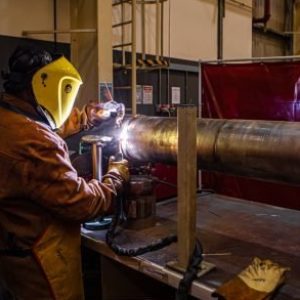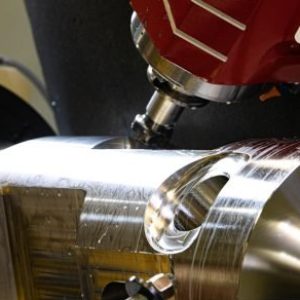Understanding Laser Cladding: The Future of Precision Manufacturing
In the world of advanced manufacturing, precision and durability are paramount. As industries continue to push the boundaries of what’s possible, innovative technologies like Laser Cladding are becoming increasingly essential. What exactly is laser cladding, and why is it gaining traction in sectors like oil and gas, aerospace, and heavy machinery? Let’s explore the fundamentals of these cladding processes, their benefits, key considerations, and their growing role in modern manufacturing.
What is Laser Cladding?
Laser Cladding involves applying a material layer onto the interior and exterior surfaces of components using a laser as the heat source. ID Cladding focuses on coating or repairing the inside surfaces of tubes, pipes, and other cylindrical structures, while OD Cladding targets the external surfaces. Unlike traditional welding techniques, laser cladding offers superior precision and control, allowing manufacturers to enhance the wear resistance, corrosion resistance, and overall performance of critical components.
How Does it Work?
Laser Cladding begins with a laser beam directed onto the surface of the component’s internal or external diameter. A filler material, usually in powder form, is introduced into the laser beam. The intense heat generated by the laser melts both the filler material and a thin layer of the base material, forming a metallurgical bond as the material cools and solidifies. This creates a robust, high-quality layer that extends the life and functionality of the component.
Benefits of Laser Cladding
- Enhanced Durability: This process significantly improves components’ wear and corrosion resistance, making them more durable in harsh environments. This is particularly beneficial in industries like oil and gas, where equipment is exposed to extreme conditions.
- Precision and Control: The laser’s ability to deliver energy with pinpoint accuracy allows for precise control over the cladding process. This results in minimal distortion and a consistent, high-quality finish on both internal and external surfaces.
- Material Versatility: Laser cladding can be used with a wide range of materials, including nickel-based alloys, stainless steels, and cobalt alloys, allowing manufacturers to tailor the properties of the clad layer to specific applications.
- Cost-Effective Repairs: For components that are expensive to replace, this process offers a cost-effective alternative by repairing and restoring them to their original condition, or even better, without the need for complete replacement.
- Extended Component Life: By applying a protective layer to both internal and external surfaces, both cladding processes extend the service life of components, reducing downtime and maintenance costs.
Key Considerations
While these two cladding options offer numerous advantages, it’s essential to consider a few factors to ensure optimal results:
- Component Geometry: The internal and external geometry of the component can affect the cladding process. Complex shapes may require advanced techniques or equipment to achieve uniform coverage.
- Material Compatibility: The selection of filler material is crucial. It must be compatible with the base material to form a strong metallurgical bond and achieve the desired properties.
- Process Parameters: Factors such as laser power, scanning speed, and powder feed rate must be carefully controlled to avoid issues like porosity or excessive dilution.
- Surface Preparation: Proper surface preparation ensures good adhesion between the clad layer and the base material. Any contaminants or irregularities can compromise the quality of the cladding.
- Equipment and Expertise: Laser ID and OD Cladding require specialized equipment and skilled operators. Partnering with a company experienced in these technologies can ensure successful implementation.
Applications of Laser Cladding
Laser Cladding is widely used in industries where component longevity and reliability are critical. Some common applications include:
- Oil and Gas: Cladding the internal and external surfaces of drilling tools, pipes, and valves to enhance resistance to wear, corrosion, and high-pressure conditions.
- Aerospace: Repairing and enhancing turbine engine components, landing gear, and other critical components requiring high-performance materials.
- Heavy Machinery: Extending the life of hydraulic cylinders, pumps, and other equipment subjected to abrasive conditions by cladding both internal and external surfaces.
As industries continue to evolve, the demand for more durable and reliable components is driving the adoption of advanced manufacturing techniques like Laser Cladding. By offering superior precision, enhanced durability, and cost-effective repair options, these cladding processes are set to play a crucial role in the future of precision manufacturing. Whether you’re looking to extend the life of existing components or enhance the performance of new ones, Laser Cladding provides versatile and effective solutions.
At NTS Amega Global, we specialize in cutting-edge manufacturing and repair solutions to help our clients meet the ever-changing demands of their industries. Contact us today to learn more about how we can support your manufacturing needs.


